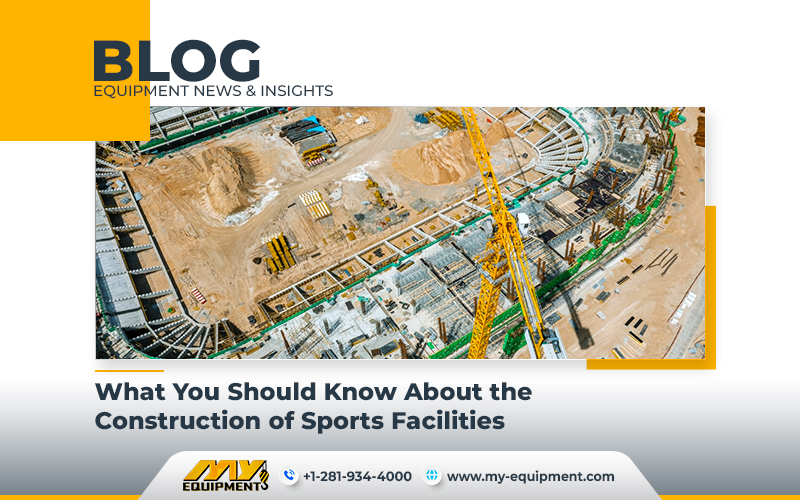Nearly 10,000 sporting facilities in the US generated $1 billion in revenue in 2019, demonstrating the industry’s continuous growth. However, building sports facilities presents a unique set of difficulties that call for careful planning, expertise, and paying attention to details.
Strict Timelines
Sports facilities need to be built ahead of schedule because sports seasons have set dates. Major League Baseball, for instance, runs from March through September. It is imperative that these deadlines are met because the start of the season cannot be delayed. The needs of each sport, particularly for various age groups, must be taken into account while building a sports facility that can support several sports. Planning and scheduling become much more difficult as a result.
Environmental Considerations
Proper environmental planning is really important for sports facilities, particularly outdoor complexes. Adequate lighting is necessary to accommodate sports like basketball, tennis, and soccer played at night. Lighting is important for upkeep and property security as well.
Effective HVAC systems are necessary to avoid overheating during the day and offer support for evening games like hockey. Sports facilities frequently utilize energy-efficient LED floodlights because of their extended lifespan, low heat output, and low energy usage. Naturally, this benefits the athletes as well as the owners of the venues.
Space Limitations
A number of sporting facilities are built on small pieces of land, frequently in cities or other highly populated places. It’s important to strike a balance between the demands of sports teams and those of the neighborhood’s cafes and businesses.
The sports complex’s design needs to take local zoning laws and construction codes into serious consideration. Municipal zoning offices’ approval is essential to avoid any legal issues.
Design Challenges
In sports venues, visibility is the main design consideration. From any seat, spectators should get unhindered view of the entire field, creating a feeling of closeness to the action. In order to maintain ticket prices, premium seating arrangements must be carefully considered, and venues should be built with accessibility in mind to draw in modern patrons who have access to streaming and television services as well as other media. For outdoor facilities, shade structures offer summertime protection from the sun, improving the experience for both competitors and spectators.
Choosing a Turf
Sports facilities must select the proper turf because it affects both gameplay and upkeep. Synthetic turf and real grass are available options. Even though natural grass is gentler on athletes’ joints, it still needs regular upkeep, such as fertilization, watering, mowing, and sowing. Synthetic turf, composed of polyethylene and crumb rubber, offers a low-maintenance alternative with efficient drainage systems. But on the other hand it can become extremely hot on sunny days, and regular cleaning is necessary for hygiene.
Weather Security
Sports facilities construction should take the local climate into account. Severe weather conditions, including lightning, can pose a risk to workers and heavy equipment as well as cause disturbances to the crew and equipment. Game planners can securely organize events by installing a thunderstorm and lightning detection system, which can provide early warnings. These devices may detect lightning by electric fields, auditory cues, or visual signals. Real-time storm tracking, outside warning sirens, and lightning horns can all significantly increase safety and reduce interruptions caused by bad weather.
Parking Areas
When building a sports complex, parking layout is an important consideration that shouldn’t be overlooked. Parking should be easily accessible in order to draw attendees to the events. Parking areas should be able to accommodate 50 to 100 spaces. This will allow the facility to host tournaments and community events with larger audiences. Proximity to the field and facilities is important for spectators’ comfort. Reserved parking spaces for people with disabilities should be provided. Safety measures, such as nets or safety barriers, should protect parked cars from sports equipment damage.


 1400 Broadfield Blvd, Houston, TX 77084,
USA.
1400 Broadfield Blvd, Houston, TX 77084,
USA.